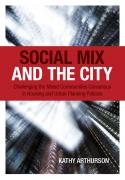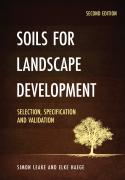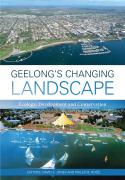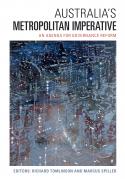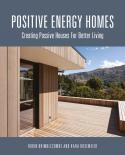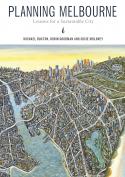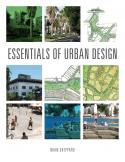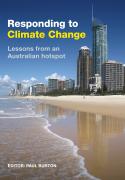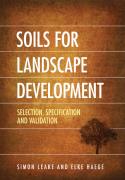Concern about rising crime rates, high levels of unemployment and anti-social behaviour of youth gangs within particular urban neighbourhoods has reinvigorated public and community debate into just what makes a functional neighbourhood. The nub of the debate is whether concentrating disadvantaged people together doubly compounds their disadvantage and leads to 'problem neighbourhoods'. This debate has prompted interest by governments in Australia and internationally in 'social mix policies', to disperse the most disadvantaged members of neighbourhoods and create new communities with a blend of residents with a variety of income levels across different housing tenures (public and private rental, home ownership). What is less well acknowledged is that interest in social mix is by no means new, as the concept has informed new town planning policy in Australia, Britain and the US since the post Second World War years.
Social Mix and the City offers a critical appraisal of different ways that the concept of ‘social mix’ has been constructed historically in urban planning and housing policy, including linking to 'social inclusion'. It investigates why social mix policies re-emerge as a popular policy tool at certain times. It also challenges the contemporary consensus in housing and urban planning policies that social mix is an optimum planning tool – in particular notions about middle class role modelling to integrate problematic residents into more 'acceptable' social behaviours. Importantly, it identifies whether social mix matters or has any real effect from the viewpoint of those affected by the policies – residents where policies have been implemented.


